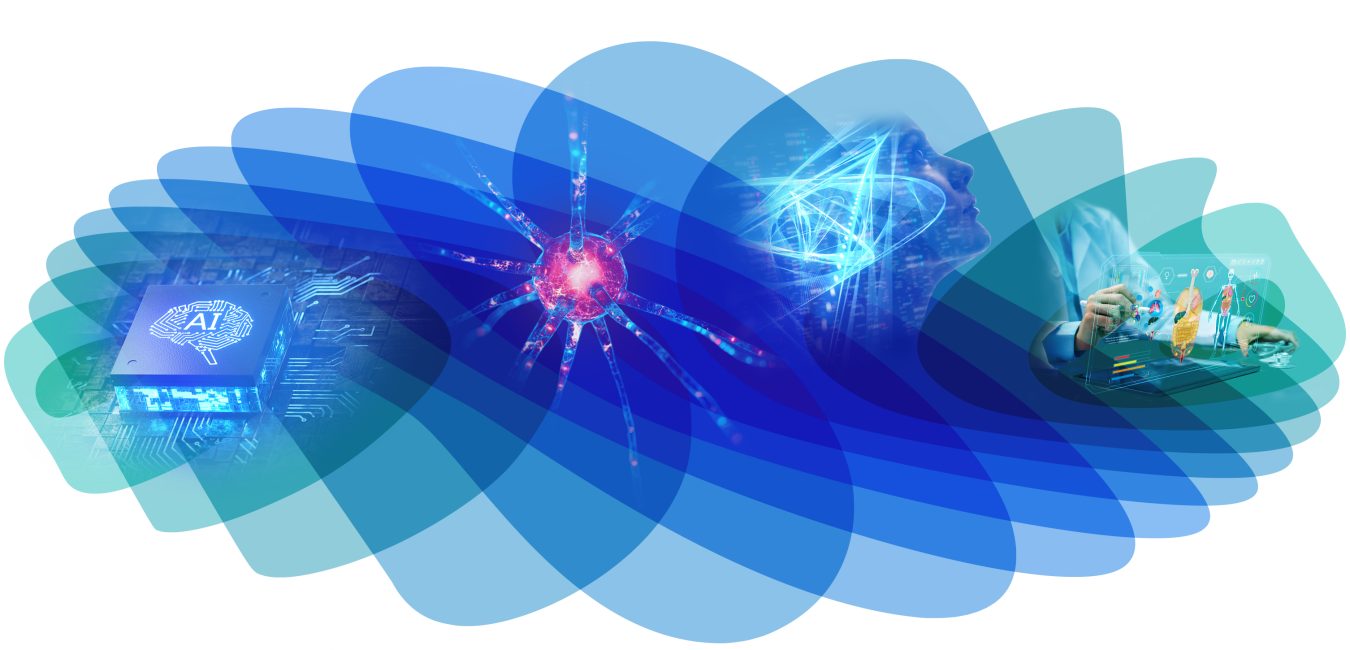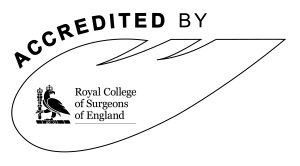Description
Creating an endoluminal robot involves a collaborative effort from specialists across various fields, including medicine, engineering, business, and marketing. This workshop covers the entire process from conceptualizing an idea to address a medical need, through prototype development, to market launch. Each of the four segments of the workshop features talks and discussions, with Q&A sessions to deepen understanding.
S1: Identifying Needs and Designing Solutions:
This section will feature an in-depth dialogue with medical-professionals about the existing challenges in endoluminal procedures that demand innovative solutions. The focus will be on the technical specifications necessary to meet these needs. Presentations will explore current practices in endoluminal procedures, examining both the medical instruments in use and their limitations, including an overview of medical robots in both research and development stages and those available commercially.
S2: Essential Design Considerations:
Building on the discussions in S2, this section examines critical design aspects: the latest in control strategies for autonomous tasks, the role of vision systems in supporting autonomy and clinical judgment, and the use of smart materials to develop cost-effective, functional medical devices.
S3: Commercialisation and IP/regulatory Considerations Navigating Medical Standards:
This part of the workshop examines the regulatory landscape, focusing on ISO certifications, Quality Management Systems (QMS), and current EU regulations. Understand the challenges of applying these standards in academic and industrial settings, and how they facilitate the development of autonomous medical devices.
Exploring Commercial Prospects: This final segment brings together industry experts to discuss the commercial landscape of medical robotics. Key topics will include IP strategies, along with the various opportunities and challenges encountered in the commercialization process to encompass a range of aspects such as understanding customer needs, navigating financial challenges, and planning effective marketing strategies.
Programme
The programme will be posted in May 2024.
Learning Outcomes
In this workshop, participants will embark on a comprehensive journey through the entire process of manufacturing endoluminal robots. Beginning with the conception of an idea to address an unmet medical need, the workshop progresses to explore design strategies, adherence to medical standards and regulations, and finally, strategies for successful commercialization. This holistic view is designed to equip attendees with the knowledge to navigate this complex pathway effectively, anticipate potential challenges, and engage with key stakeholders for support.
- Identifying Needs & Designing Solutions – Gain insight into recognising unmet medical needs and understanding the necessary design parameters for robotic solutions. This includes an overview of current technologies and opportunities in the medical robotics field.
- Overcoming Design Challenges – Delve into the complexities of designing endoluminal robots, encompassing advanced control strategies, vision systems, and emerging trends in the field.
- Commercialization and IP/regulatory Considerations
• Commercialization and IP/regulatory Considerations – Understand the significance of intellectual property in protecting innovations and the various commercial challenges and opportunities experienced by leading companies in the medical robotics market.”
• Navigating Standards and Regulations – Learn about the critical ISO and QMS Standards essential for medical device development and the regulatory frameworks guiding this process.
Organisers
- Dr Giulio Dagnino, University of Twente
- Dr Luigi Manfredi, University of Dundee]
- Prof. Andreas Melzer, University of Dundee & University of Leipzig
- Prof. Helge Wurdemann, University College London
This workshop is accredited for 6 CPD points.


